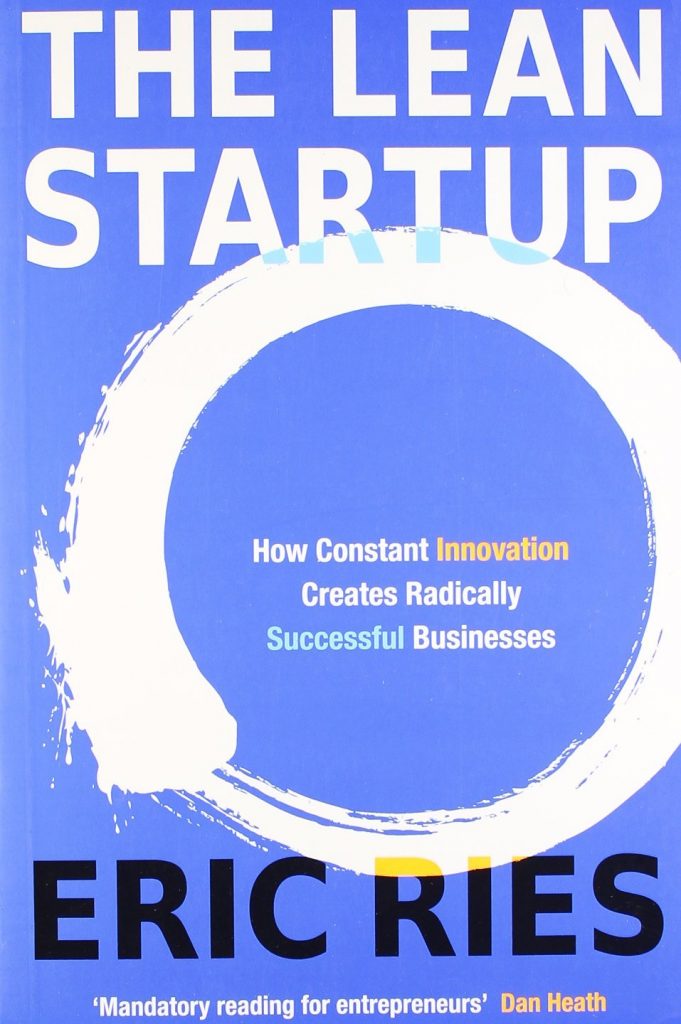Millennials And The 9 – 5: 18 Statistics Important To Attracting And Retaining Millennial Talent

You may have seen them working on the couch in the common room or maybe you haven’t actually met them at all. Perhaps you have only interacted with them via Slack, email, phone, or, their favorite, text. At this moment, they are between the ages of 22 and 34. They are either just entering the workforce or coming into management roles. According to the US Bureau of Labor, 2015 was the year they surpassed the number of Gen X’ers and Boomers in the workplace. Meet the Millennial.
Understanding how to attract and retain Millennials should be an important part of your hiring strategy, particularly when data shows “loyalty challenge” is very real. According to the 2016 Millennial survey by Deloitte, nearly ⅔ of Millennials plan to leave their job by 2020.
Deloitte surveyed 7,700 Millennials from 29 countries around the world. All are college graduates who are currently employed in large private sectors. Surveyors asked the group various questions about their current employer and what they are looking for in a new opportunity, including factors swaying employment decisions, characteristics of a successful business, personal values, and what makes them happy at work. The following statistics about Millennials in the workplace are taken from that survey.
- 25% of Millennials in the workplace expect to leave within the year.
- Millennials in emerging markets are less loyal than those in established markets. Peru has the least loyal of the group with 82% of their Millennial workforce expecting to leave in less than five years.
- Millennial parents are more loyal than those without children (32% vs 24%).
- Only 28% of Millennials feel all of their skills are fully utilized.
- 63% of Millennials feel their leadership skills are not being developed and 71% of Millennials who will leave in the next two years are dissatisfied with how their leadership skills are progressing.
- Only 16% of Millennial women lead a department compared to 21% of their male colleagues.
- 58% of Millennials believe their businesses behave ethically, up 52% from last year.
- 57% of Millennials feel the leadership is helping to improve society.
- Biggest values that facilitate long-term business success are employee satisfaction (26%), ethics and integrity (25%), customer care (19%), and quality (13%), according to Millennials.
- 49% of Millennials have passed on opportunities because they did not align with their personal values.
- 68% of Millennials with mentors intend to stay at their current job for more than five years.
- Of 14 factors that influence a Millennial’s employment choice, pay was the biggest factor at 22% followed closely with good work/life balance at 16.8% and career advancement at 13.4%.
- Women are more likely than men to rate career progression as a major factor in employment choice.
- 88% of Millennials want to choose (within limits) their own start and finish time of the work day.
- 75% of Millennials express a desire to work remotely or want more opportunities to do so.
- 76% of Millennials working in a creative and inclusive culture report high levels of productivity
- During an ideal work week, Millennials want 50% more coaching and mentoring time than they currently receive.
- Only 29% of Millennials feel like they have total control of their career.
Eventually, Millennials in the workplace will progress from entry level to the boardroom. How will they impact “work” as we know it. Will the tech industry continue to boom as the first generation of digital natives play a bigger role? Will forms of communication change? How will projects get completed, work get done? Please share your thoughts below.

 Image courtesy Paul C. Bronson
Image courtesy Paul C. Bronson IT organizations are shifting the focus from projects to products. This is a good thing for a few reasons.
IT organizations are shifting the focus from projects to products. This is a good thing for a few reasons.  And…we’re back to our regularly scheduled program. Before the holiday break, we discussed Agile
And…we’re back to our regularly scheduled program. Before the holiday break, we discussed Agile 
 The word “team” in Agile Team is hugely important and something we rarely give much thought to. I recently browsed the web to discover and define what really makes a good team player. Part of my personal journey is to improve as a member of my team. I look to these words for inspiration.
The word “team” in Agile Team is hugely important and something we rarely give much thought to. I recently browsed the web to discover and define what really makes a good team player. Part of my personal journey is to improve as a member of my team. I look to these words for inspiration.
 Transitioning processes and cultures simultaneously is very difficult. A Successful Agile transition requires team ownership and engagement in developing the best process to fit your unique culture and environment. Five areas where team members are integral to push the process forward and become successful are outlined below.
Transitioning processes and cultures simultaneously is very difficult. A Successful Agile transition requires team ownership and engagement in developing the best process to fit your unique culture and environment. Five areas where team members are integral to push the process forward and become successful are outlined below.